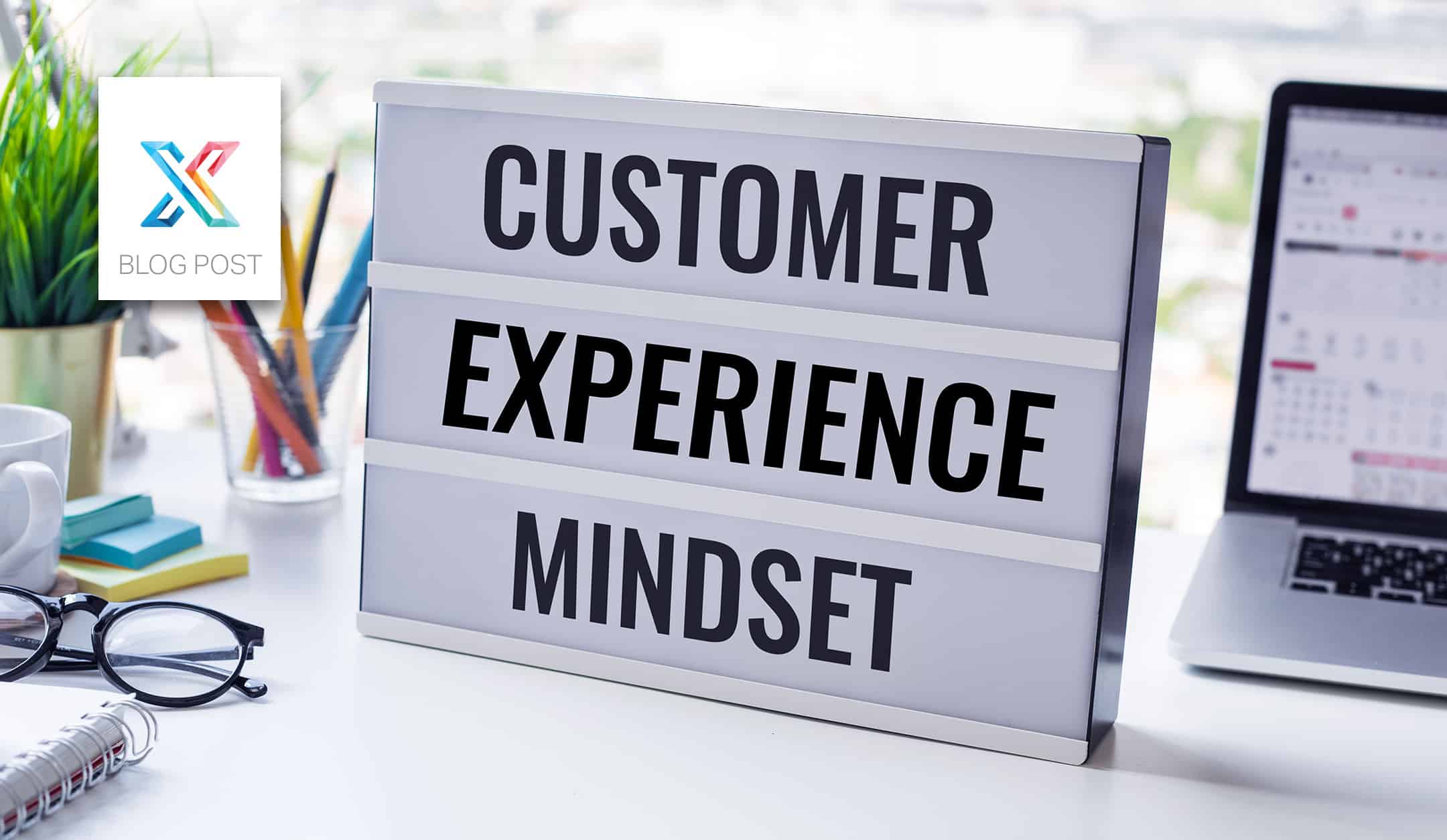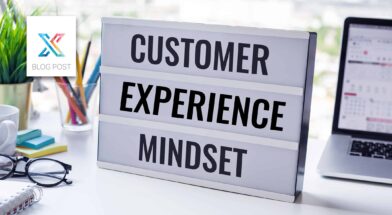As a firm leader, you already get it. You understand that every client working with your firm is already having an “experience.” And you know it’s not always a consistent one. You’ve seen the signs—your team is doing great work, but they’re still spending too much time firefighting. You’ve read the articles, heard the success stories, maybe even attended a session or two. You’re a believer.
So now you’re asking the next logical question: How?
How do you create—or reshape—your team’s existing processes to deliver a more intentional, consistent, and positive client experience on every project, every interaction, every time?
It’s a smart question. And you’re not alone.
When firm leaders are asked what their most significant challenges are when implementing a Client Experience (CX) program, three responses rise to the top:
- Getting the team to engage in more client-centric behavior
- Helping staff recognize that CX isn’t “one more thing”—it’s already happening
- Encouraging teams to evaluate existing processes through the client’s eyes, making sure every touchpoint communicates understanding
Do you see the pattern?
At Client Savvy, we’ve worked with firms like yours for over 20 years. We’ve learned that the secret to lasting CX success isn’t just a checklist or a system. It’s a mindset—a shift in how your team sees their role, their work, and most importantly, their impact on your clients.
Building a CX Mindset: Start Where You Are
So, how do you create a CX mindset that sticks? It starts by helping your team connect to the concept in ways that feel real, relevant, and repeatable.
1. Make CX Personal
One firm started by connecting CX to their team’s own experiences as clients. They began each weekly meeting with a short discussion: What’s one service experience you had this week—good or bad? What made it stand out? How did it make you feel?
Then, after a few weeks of practicing this reflection, they introduced client scenarios from their own projects. They used the same questions: What happened? Why might the client have felt that way? What could we have done to improve their experience?
The effect was powerful. The team began to internalize the value of perspective-taking. Soon, they were sharing “CX moments” in a dedicated Slack channel—real-time examples of client interactions that went exceptionally well (or didn’t). They even turned it into a friendly competition, recognizing those who contributed the most insights each week.
The result? A team that proactively considered client impact before interactions happened, especially when those interactions involved challenges or surprises.
2. Make CX a Constant Conversation
The best firms don’t treat CX as a one-time initiative. They make it part of the everyday language and rhythm of their culture.
That means weaving CX into daily standups, project reviews, team huddles—even hallway chats. This constant conversation keeps CX visible and top-of-mind. It sends a clear message: delivering an exceptional experience isn’t just the job of leadership or client-facing roles. It’s everyone’s job.
Talking about CX regularly also surfaces blind spots, reinforces what’s working, and strengthens shared expectations. It transforms CX from a concept into a habit—and habits shape culture.
Like brushing your teeth, one conversation doesn’t do much. But keep at it, and you build something strong, healthy, and lasting.
3. Start with Empathy—Internally
Another firm took a different route. They began their CX initiative by focusing inward—on their employee experience. Their leaders understood that empathy starts at home. To create a team capable of caring deeply about clients, they first needed a culture that cared deeply about each other.
They partnered with Client Savvy to launch a monthly mentoring lunch series. These sessions helped team members understand their communication styles and offered space to build empathy and connection across departments.
But they didn’t stop there. Instead of dictating the firm’s core values from the top down, they asked employees to vote on which values best reflected the organization’s culture. This grassroots approach created deep buy-in. From there, they realigned their hiring, recognition, and performance processes around those values—ensuring they weren’t just words on a wall, but behaviors in motion.
The result? A culture in which empathy wasn’t aspirational—it was operational, and that empathy naturally extended to clients.
Turn Intention Into Impact
These are just a few of the ways firms are successfully building a strong Client Experience mindset across their teams.
Client Experience isn’t another item on your to-do list—it’s already happening, every time a client interacts with your people, your processes, and your brand. The difference between average and exceptional? Intention.
When your team consistently sees their work through the client’s perspective, everything changes. Processes become more thoughtful. Communication becomes more meaningful. Relationships grow stronger.
With the right mindset and habits in place, delivering a great client experience doesn’t feel like extra work—it becomes the way you work. Every project. Every interaction. Every time.
Final Thoughts: Listening is the Key
You’ve started building a CX mindset. Your team is learning to see their work through the client’s eyes. But to truly understand your clients—and deliver the experiences they value most—you need to do one more thing: Ask them.
Integrating structured electronic client feedback into your CX mindset and strategy turns assumptions into insights. It helps your team move beyond guesswork and see what’s working, what’s missing, and what matters most from your client’s perspective.
When clients know you’re listening—and see you acting on their input—you build trust, loyalty, and stronger relationships. More importantly, you empower your team with real-time data they can use to improve every interaction.
Client Savvy’s Customer Feedback Tool makes it simple to gather meaningful feedback throughout your client journey—not just at the end of a project. With flexible, easy-to-use surveys and powerful reporting tools, you can identify trends, catch red flags early, and celebrate client wins as they happen.
Great client experiences don’t happen by accident. They’re built through intention, conversation—and feedback.
Ready to understand your clients better than ever before? Start asking. Start listening. Start improving—together.





